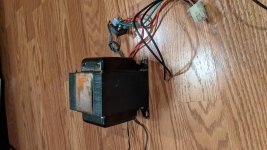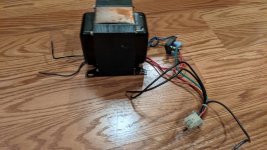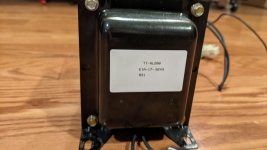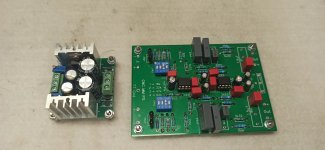I have an 'old' radio in my truck (2001 ram) that won't find any stations, won't play stations manually tuned, and if saved in memory and retrieved will 'play' but be full of static. Its kinda unique, for whatever reason, as in i haven't seen a picture of another one on the internet so far (there is one craigslist post of the part number, but thats it). Plenty of other models of radios (i have 2 others) for the 'same truck' (anything from like 1970-2002, trucks, vans, durangos whatever), just not this particular one. I've been hoping to fix it, instead of just replace it, both because of the 1.5 din size and uniqueness and then stick a bluetooth module in the thing probably on the CD lines to modernize it just a tiny bit. Are there some tests i could do to narrow down the FM issues? I assume its not the truck, as i have 2 other radios I've stuck in the thing and both work just fine with the same hookup, one being as old and one being a tiny bit newer (and its taken a swim).
This is the face of the radio in question. Part number P82301040.

I replaced it with this one (from a donor truck) when the tuner originally died (its been a while). One day the volume knob died and this whole project got kicked in motion. Turns out a rotary encoder in it had the backing/detent disc shatter. Simple fix, right? Get another Alps EC11 encoder with a threaded body, 4mm slotted shaft 30mm long with button. Apparently this is not a thing that exists (anymore? or because the manufacturer bought so many they have a custom part?). So instead i got the cheapest 15 position 30 detent EC11 i could find and hoped for the best. Opened it up and took the disc, stuck it in the old body and it works fine. Sadly, this one was flooded at least once in my yard and the CD player doesn't work, even though it takes and ejects CDs, the CD motor spins when forced and the laser motor seeks if moved out of place. In practice it never spins up (wired in leads to spindle motor and checked) just throws an ERR and splits out the CD when you try to play. Since i had planned on intercepting the CD lines for the bluetooth thing this is also technically broken for me. And its ugly, though it was uglier. It had amber LEDs on the balance knobs. Those were just slotted in, so i removed those and its slightly less ugly now. But its also not unique... this seems to be one of the most normal radios for my truck (I think the version that looks like this but also has a cassette is the most normal one). So instead I still hope to fix my original radio.
Donor radio face, part number P04704373AE.
I kept looking all over for even a bad picture in a scrapyard of my radio on the hopes of just mixing parts to make one working one, still haven't seen another example in the wild. Its the internet, how can there be no other examples of this anywhere? Widening my search i came up with a few more radios with faces more like my original. Fairly common to see a cassette only version like this:
Cassette only on Ebay. Then some more strange ones that don't appear on lists of radio options for my truck:
No cassette only on Ebay. No CD only on Ebay. Weird stuff. But this last one, no CD but otherwise very similar face to mine also has an identical(?) plug layout, and i saw a cheap and clean one up for bid and got it on hopes of the board being a de-populated version of mine. No such luck there. Here is the clean face of my 'new' radio. Looks like its almost never been touched...
'New' radio, part number P04704360.
And now for the guts. The boards are very obviously quite different, but it does look like the tuner section is fairly similar. Maybe i can compare them to help find faults in mine? The new one does work in my truck, while the old still doesn't, Also note the date code, i assume, on the big chip at the bottom 95 48. Which is a bunch older than my 2001 truck. A big bunch. As far as i know its the original radio though. Original radio board with CD.
'New' radio without CD. Date code on its big, but different, chip is 94 52, so a fairly similar vintage. Also so darn clean. No idea what this is out of to be this clean.
But the cans are probably the same. So yay? Maybe? Or do the supporting tuned thingies need tweaking to make it work so its basically hopeless? Original can.
'New' can.
I have temporarily run out of knowledge though. I can do electronics to some extent, but i know nothing about voodoo, err radio. I do think that can has something to do with it. No idea if that is whats broken. So far testing voltages on the two boards seems close enough on all the pins of the cans that i would say it should work, if it works, or i'm not supposed to get voltage but something fancier and i don't have the tools to measure it.
I did have another thought here as i got the very clean 'new' radio. I don't actually care about the CD player. Only wanted it for the bluetooth module to splice into and play silent CDs with phone music instead. This is how i had read others having done it, either with cassette or CD. Seemed like a fun project to 'modernize' without actually going for a ugly modern 'solution'. But, would it be simple to splice into the AM source instead, before the mux which i assume is somewhere (haven't really gone down this path yet) either breaking the traces from the AM source completely or putting in some switch that does it. Then i could have the 'new' radio play FM normally and hit the AM/FM button would swap to bluetooth. I assume the board doesn't care what the source is doing on the AM side unlike the cassette/CD side, where if it doesn't play it won't stay on that input.
Fun little project so far even though i haven't done much.


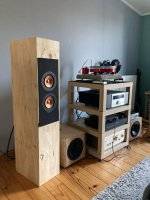
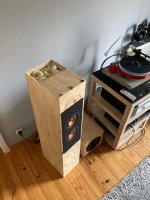
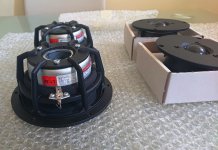
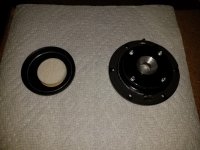
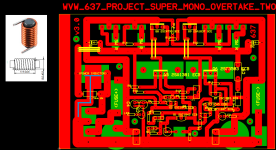
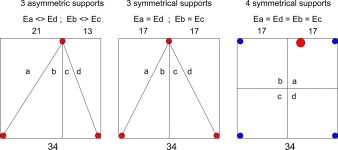
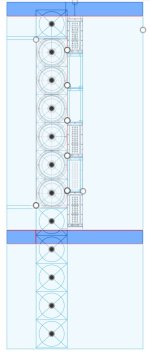

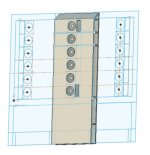
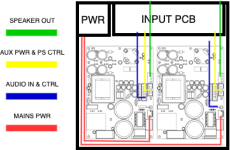
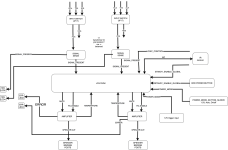
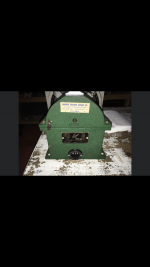

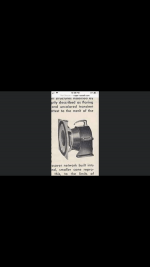
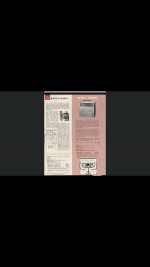
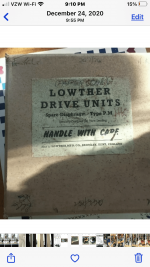
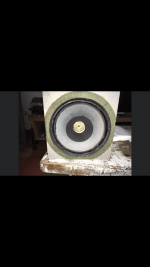

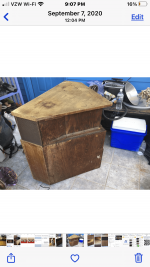
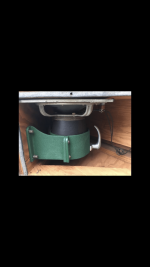
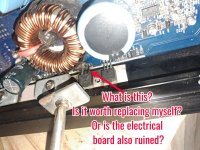
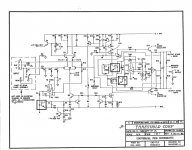
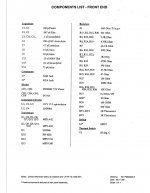
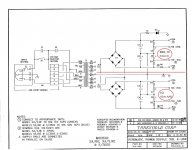
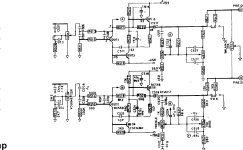
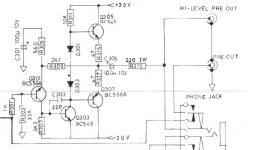
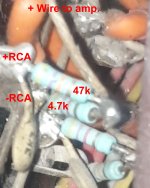
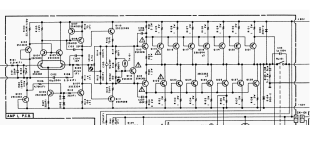
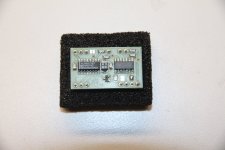
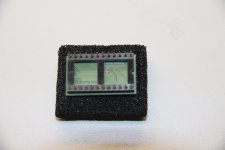
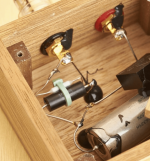



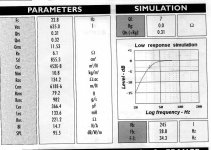





![PXL_20230509_130352503[1].jpg](/community/data/attachments/1080/1080458-5a7bfee7c39022c1609a6b6ec8c9b978.jpg?hash=Wnv-58OQIs)
![PXL_20230509_130446874[1].jpg](/community/data/attachments/1080/1080459-e51e3ae6081938da52aca9b02fd0ff8b.jpg?hash=5R465ggZON)
